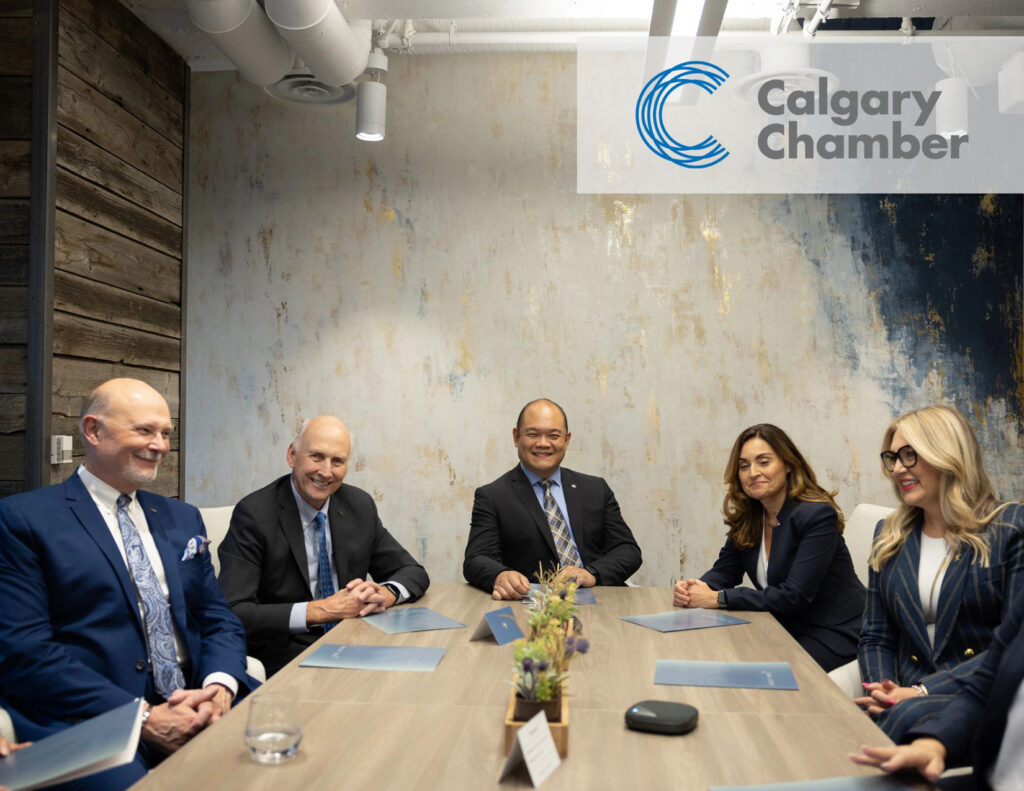Millennials and Gen Z want to create an impact. Here’s how to give them the opportunity to do so before someone else does.
Business analysts predict a fourth wave – only this time the disruption will be in the workforce on top of the health pandemic. Human Resource managers are all pointing to the same dynamic – that more than half of employees plan to look for a new job in 2021, and 8/10 would take a lower-paying job if they felt a greater sense of purpose. While better compensation and more flexibility rank high, the leadership in the organization tops the list of why an employee, especially the younger talent, chooses to leave an organization. As we know well at Bright Wire, employees want a leader and a coach, and not a boss.
As we emerge to the other side of this pandemic, employee retention must be in every organization’s recovery plan. Focusing on productivity without having the workforce to support it means even the most creative and strategic plans aren’t likely to happen.
The average tenure of a millennial in an organization before the pandemic was 5-7 years. We’re starting to see this number decrease as more career options become available. The millennials and Gen Zers now make up most of the workforce and will be around long after the Gen X leader retires and is no longer contributing to the organization.
As a senior leader from a different generation, your younger employees can be enticed to stay in your organization (even without a salary increase) with two accommodations:
1. Make their preferred working style work for you and your business.
2. Ask them what they need from you as their leader to do their best work.
Keeping this group engaged and committed means changing the paradigm to have voices heard at all levels and understanding that many do not want to work within a traditional, disciplined approach. There is a lot to learn in this curiosity, and having them articulate their perspective will generate a greater commitment to the work. Providing the flexibility of when and how the employee works, even when it challenges your biases of what it should look like to be successful, is a key factor in employee retention to retaining your valued employees.
Many employees in this segment of your talent pool have different attitudes toward work. Their motivations have evolved from the traditional belief systems that some of us grew up with (do you have the sound of a parent in your ear saying, “Be happy you have a job” or “put your head down and work hard and you’ll get noticed”). They’ve watched their parents struggle and realized that they want to make a difference, create an impact, and be a voice at the table. If they don’t get that, they will go someplace where they do.
During this time of change, keeping employees in your organization can feel daunting and complicated, especially with corporate policies and culture. A title change or a pay raise will only keep them for so long, if at all. As a leader, you can start by providing younger employees with a direct line of sight into the organization and help them see how their work contributes to the bigger picture so they can appreciate the reason they are doing what they are doing.






